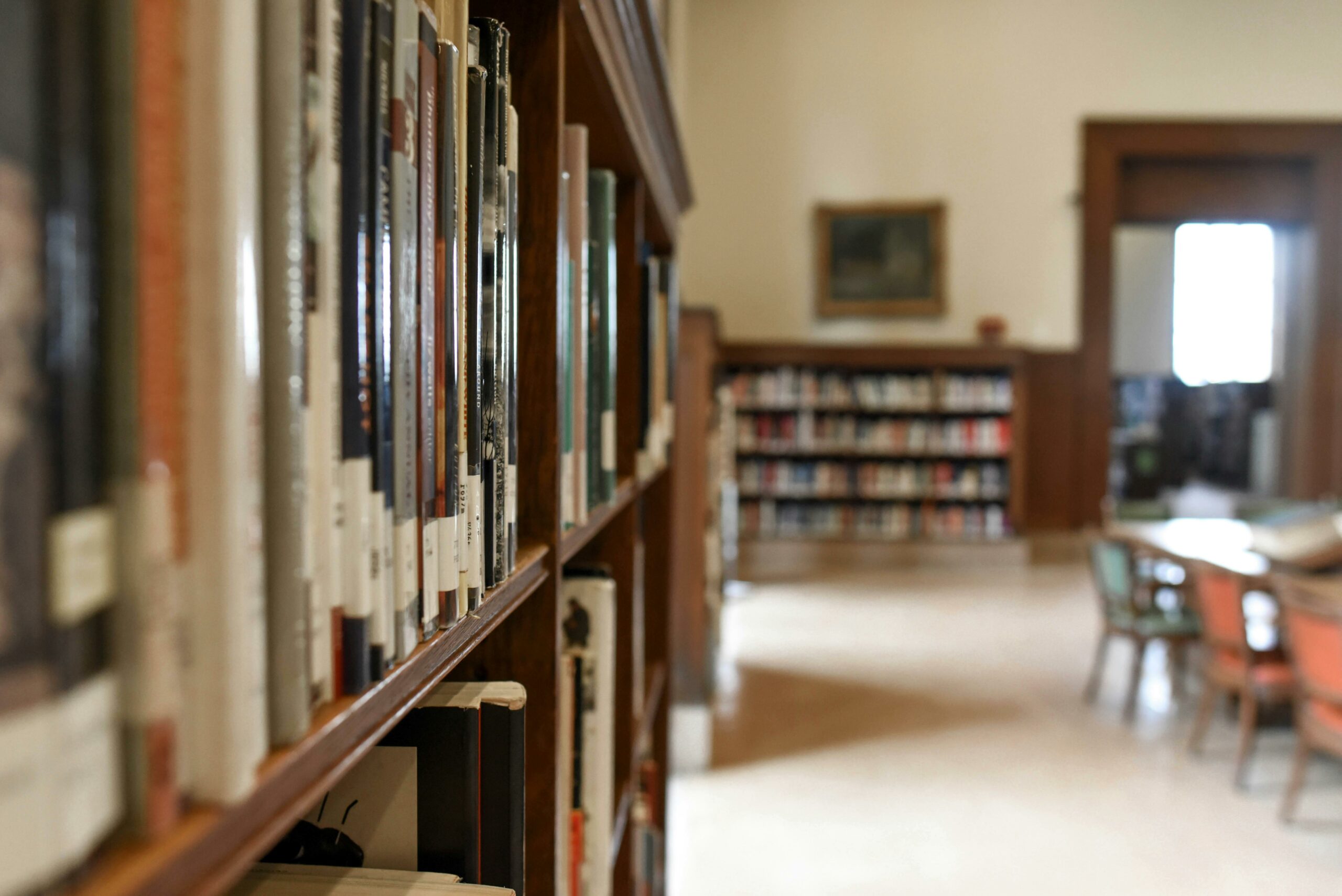Mold safety and airborne toxins really started to become a concern during COVID. When the CDC mentioned how easily it is to get sick through droplets or airborne particles, people started to really worry about how infections can be prevented; the same goes for schools. Schools nationwide started to regard air quality as more important than ever when kids were allowed back in the building. Facility managers and school administrators prioritized things like mold testing and indoor air quality more than ever before. This blog will discuss effective mold testing protocols that we still do today and how to help prevent mold from ever entering your education building. Read on for more!
Why Mold Testing is Crucial
Air quality is extremely important when kids are involved. Health concerns for students, teachers, and other school facilities should be taken into account; otherwise, there could be severe health issues and even potential closures. Schools already have to deal with seasonal cold or flu illnesses, so worrying about mold and other air quality issues is just another essential thing that needs taken care of.
The Importance of Clean Unit Ventilators
Believe it or not, unit ventilators in schools can get dirty very easily in school buildings. When these types of air ventilators get dirty you can significantly see restrictive airflow and higher CO2 levels. When this happens, it can cause water damage, mold growth, reduced air quality, and energy inefficiency. All these problems can be terrible for all parties involved: students, teachers, facility managers, and more. Having them properly cleaned only takes a couple of hours. Make sure you get with a reliable company like INX so they can save you money in the long run, as well as keep your building occupants safe and healthy.
Effective Mold Testing Protocols
INX has implemented countless mold testing protocols over the years. Here are some of the most effective ones we think are best for school mold safety procedures.
Comprehensive Visual Inspections
Simply looking at an area you think may be affected by mold can be a good place to start in preventing it from doing damage. Professionals like INX know what to look for and identifiy any signs of leaks, growth, or areas for contamination.
Air Sampling
Air sampling is primarily what its name entails. Indoor air quality experts sample the air of a building you’d like inspected and see if there are any mold spores present that are not visible to the naked eye. This can be done for different areas in the school, like hallways, classrooms, storage areas, basements, and other places for analysis.
Surface Sampling
Surface sampling is similar to air sampling, but rather than analyzing air particles, experts examine surfaces. They can do this by swabbing or tape lifting off walls, floors, and furniture to determine the extent of mold contamination or whether any has been detected at all.
HVAC System Inspection and Maintenance
Have air experts look at your air ventilation systems and have them disinfect and inspect all areas. This is imperative to have healthy indoor air. An HVAC system is just as if not more important to have it regularly inspected for mold growth. Cleaning equipment can help with proper ventilation as well as bring down CO2 levels and minimize the risk of any mold-related issues.
Moisture Control
Where there’s water, there’s mold. Controlling moisture in the air and surfaces is key to preventing mold growth. Unfortunately, schools can get moisture more often than other buildings due to the high activity during the day. Make sure you implement measures to reduce humidity and quickly resolve any water leaks or spills when they occur.
Professional Mold Remediation
Professionals can always know what’s best, considering where the mold growth is. If mold is present, experts are great for preventing recurrence and even complete removal of mold by disinfecting areas with high-tech equipment.
Benefits of Regular Mold Testing
Regularly checking for mold can bring so many benefits to your building, students, staff, and more. Not only does it improve any health or safety by having clean air, but it can also enhance a better learning environment. Proper ventilation can help students be more alert and may result in better academic performance. Also, cost savings is a big benefit. If you eliminate the risk of mold early enough, you won’t have to shell out a ton of money on a more expensive repair, including helping with energy consumption. Overall, having peace of mind knowing a school building is safe from mold can help anxiety among parents, teachers, and other staff.
How toxic is mold to children?
Mold can be extremely dangerous to children. It can affect their immune systems to, and a common cold can become deadly. If a school building has black mold, this can even result in children having pneumonia. It’s imperative to have professionals test for mold in schools so your little ones are safe from these kinds of infections.
Conclusion
Mold gets into schools, and if it does, preparation is key. Having effective mold testing schools Glen Mills and protocols can help bring a healthier learning environment. Make sure to implement inspection techniques and air and surface sampling, and regularly get ventilation systems maintenance. Once you do all of this, you’re on your way to having a healthy Glen Mills school indoor air quality. If you feel you need professionals to help with this, reach out to INX Indoor Air Quality today! We can help enhance the overall comfort as well as give you peace of mind in knowing you’re breathing in clean air.



